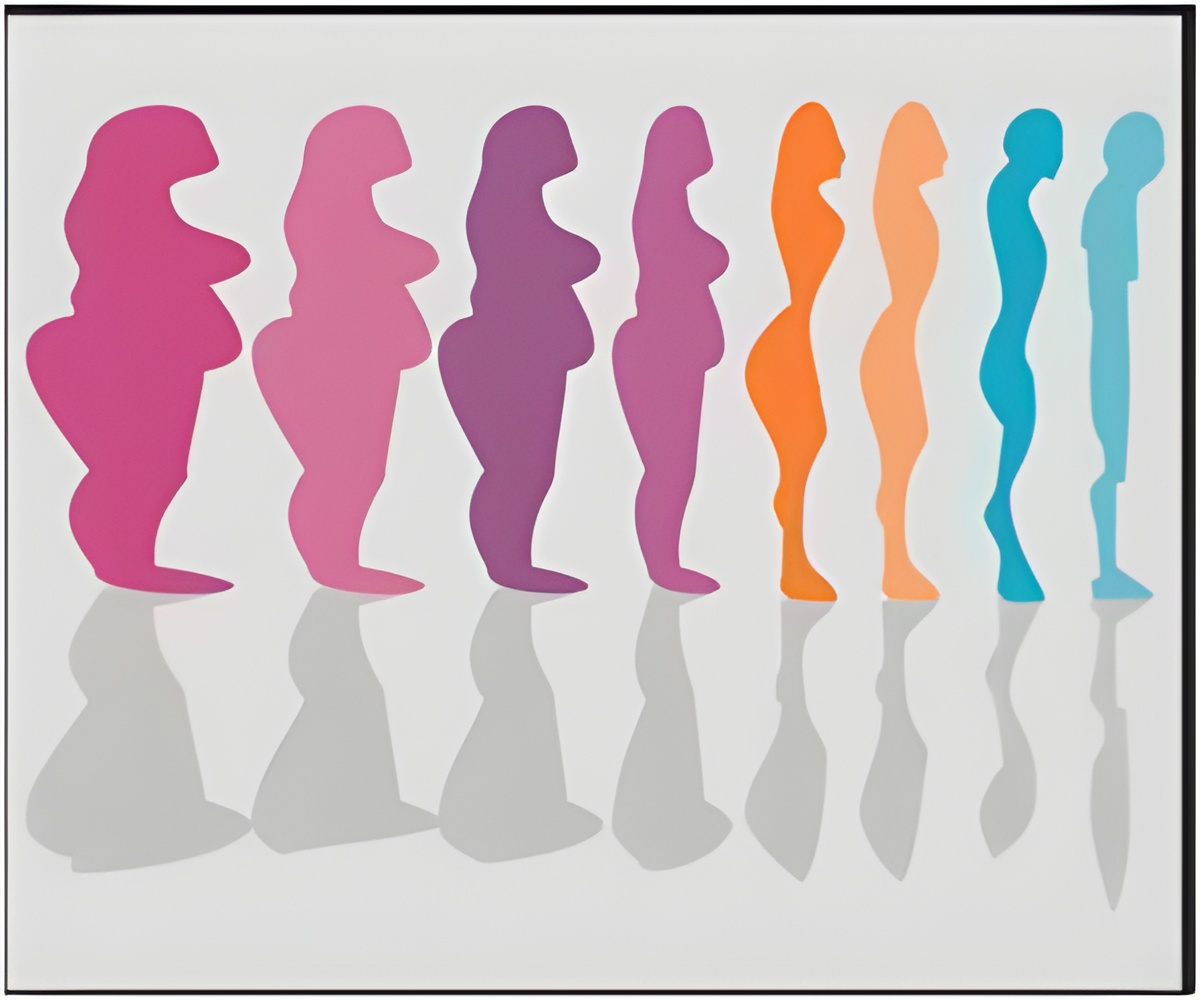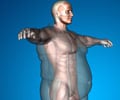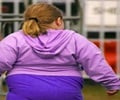Higher levels of physical activity as well as lower levels of sitting during leisure time may significantly reduce the risk of obesity.
Higher levels of physical activity as well as lower levels of sitting during leisure time may significantly reduce the risk of obesity, a new study led by Joshua Bell from University College London, and published in the journal Diabetologia, reveals.
Physical activity and sitting time (or 'sedentariness') are two common lifestyle-related behaviours associated with obesity and metabolic health, as well as with chronic diseases such as type 2 diabetes and cardiovascular disease, and with all-cause mortality. Studies often consider physical activity and sitting individually; however, these behaviours are closely linked, with modern-day inactive lifestyles being characterised by both insufficient physical activity and excessive leisure time sitting. Evidence on their combined effects is limited. Thus in this new research, the authors aimed to investigate the combined effects of physical activity and leisure time sitting on long-term risk of developing obesity (defined as body mass index ≥30 kg/m²) and of developing a clustering of metabolic risk factors (defined as having two or more of low HDL (or 'good') cholesterol, high levels of blood fats, high blood pressure, high blood glucose, and insulin resistance).
The duration of moderate and vigorous physical activity and of leisure time sitting was assessed by questionnaire between 1997 and 1999 among 3,670 participants from the Whitehall II cohort study of British government employees (73% male; mean age 56 years). The odds of developing obesity and of developing metabolic risk factor clustering after 5 and 10 years were calculated for adults with different levels and combinations of physical activity and leisure sitting time.
The researchers found that physical activity, but not leisure time sitting, was associated with becoming obese. However, the lowest odds of becoming obese after 5 years were observed for individuals reporting both high physical activity and low leisure time sitting (nearly 4-fold lower odds compared with those reporting both low physical activity and high leisure time sitting). This effect appeared weaker after 10 years, which might be due to misclassification errors resulting from changes in physical activity and leisure time sitting during the follow-up period which were not possible to consider in the present study.
Compared with individuals reporting both low physical activity and high leisure time sitting, those with intermediate levels of both physical activity and leisure time sitting had nearly 2-fold lower odds of having metabolic risk factor clustering after 5 years, with similar odds after 10 years.
The authors say the results persisted even when adjusted for a wide range of potentially confounding factors, including socioeconomic status, smoking behaviour, alcohol consumption and health status.
The authors say: "These findings add to the literature by suggesting that the combination of high physical activity and low leisure time sitting is a stronger protective factor against becoming obese than either behaviour on its own."
Discussing the possible reasons for the results, the authors say: "The mechanisms underlying this interaction are unclear. In principle, lower levels of leisure time sitting may strengthen protective effects of higher physical activity, either through independent physiological mechanisms or as a marker for greater engagement in low-intensity activity, such as standing. Physical activity and leisure time sitting combinations may also simply represent incremental increases in energy expenditure, with the lowest physical activity/highest leisure time sitting group expending the least amount of energy overall, and the highest physical activity/lowest leisure time sitting group expending the most."
They add: "The greatest reduction in risk of developing metabolic risk factor clustering observed for intermediate levels of physical activity and leisure time sitting was unexpected and suggests that moderate amounts of both moderate-to-vigorous physical activity and leisure time sitting may be sufficient to protect against developing metabolic risk factor clustering over time... The lack of protection for the most active adults may reflect a chance finding, or confounding by other factors such as wider use of prescription drugs by participants in less active groups. This result may also be due to changes in physical activity and sitting over the duration of follow-up."
They conclude: "The protective effects of moderate-to-vigorous physical activity and low leisure time sitting against developing obesity and metabolic risk factor clustering are strongest when viewed in combination. The effectiveness of physical activity for preventing obesity may depend on how much you sit in your leisure time. Both high levels of physical activity and low levels of leisure time sitting may be required to substantially reduce the risk of becoming obese. Associations with developing metabolic risk factor clustering were less clear. Intervention studies are needed to examine whether a total lifestyle approach, promoting both high physical activity and low leisure time sitting, is most effective at reducing the risk of becoming obese."
Source-Eurekalert

 MEDINDIA
MEDINDIA



 Email
Email










